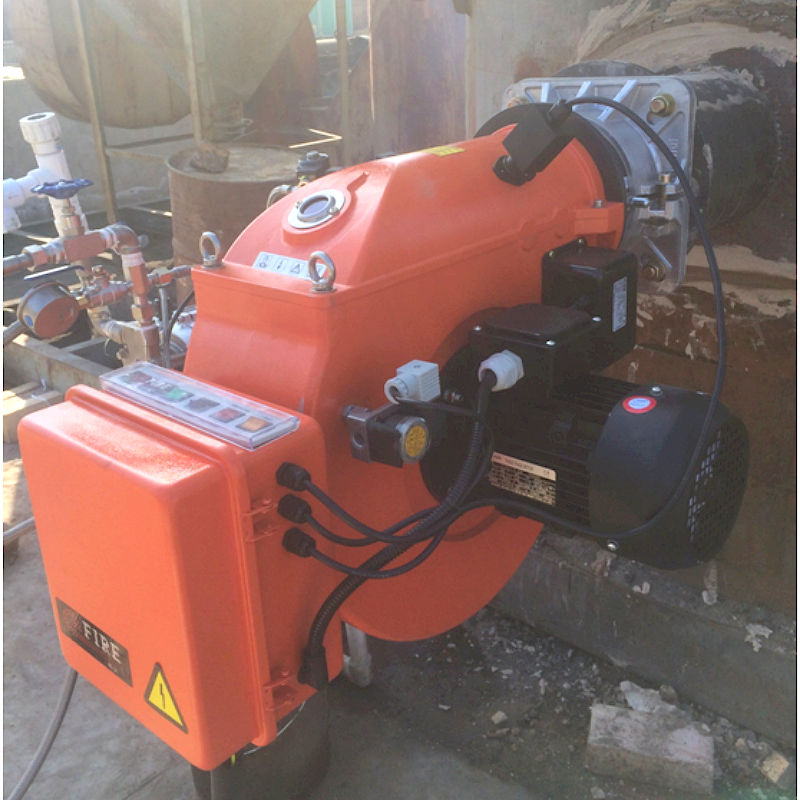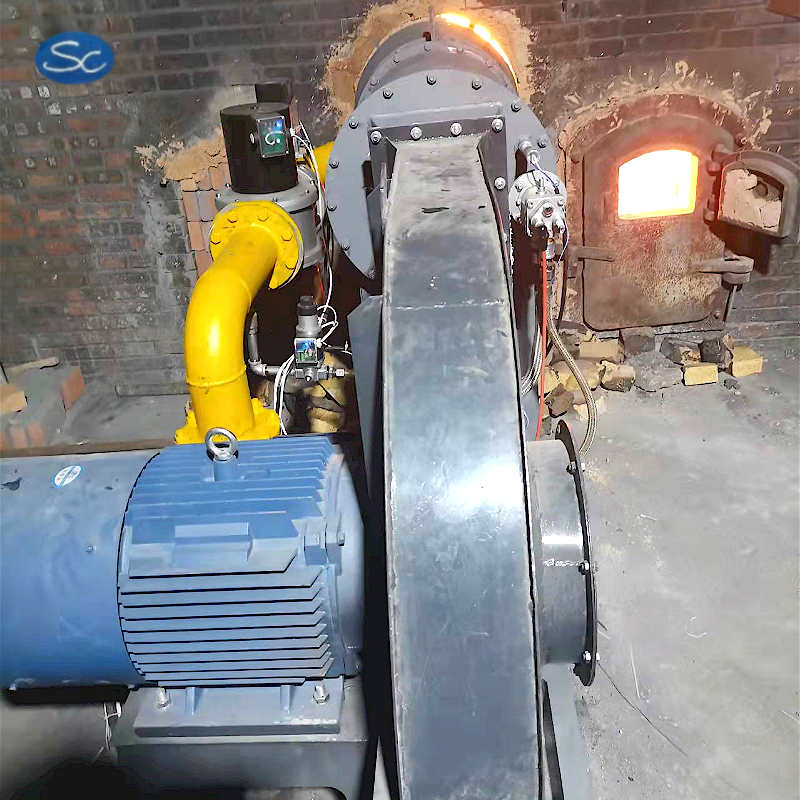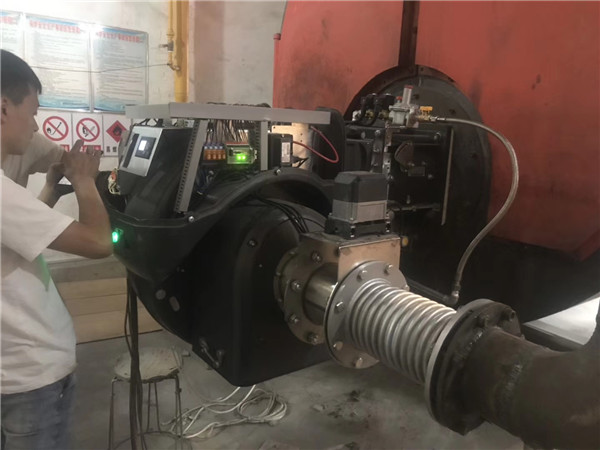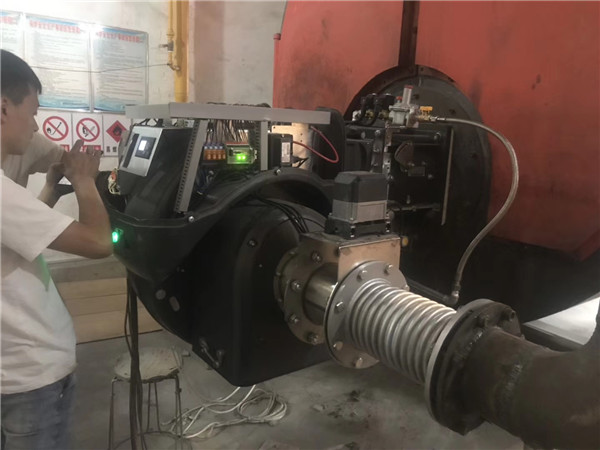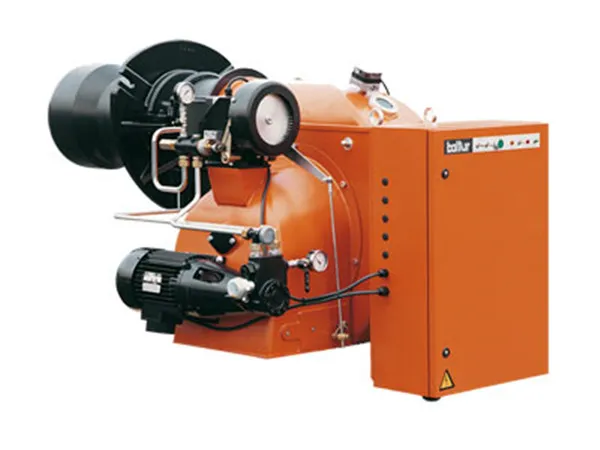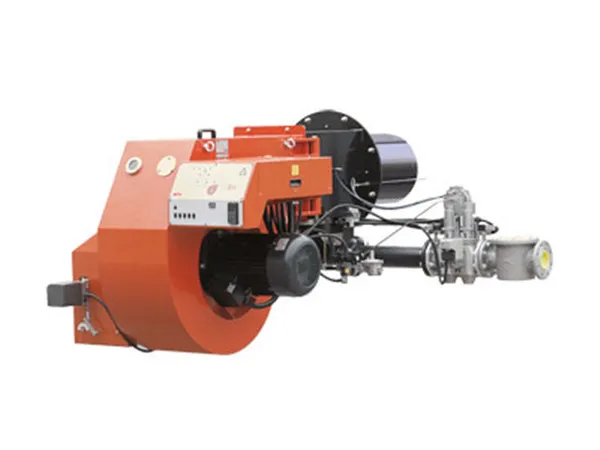In modern industrial production, the combustion system is the core link of many industrial processes, such as boilers, heating furnaces, incinerators, etc. The efficiency of combustion not only affects the utilization efficiency of energy, but also directly relates to production costs and environmental emissions. As a key component of the combustion system, the damper controller plays a role in optimizing the combustion process by accurately adjusting the airflow. This article will delve into the working principle and importance of air door controllers in industrial combustion systems.
Industrial combustion system damper controller
- Basic functions of air door controller
The main task of the damper controller is to regulate the air supply during the combustion process. Combustion requires accurate mixing of fuel and air, and the damper controller controls the amount of air entering the combustion chamber by adjusting the opening and closing angle of the damper, thereby achieving excellent combustion results. It can not only improve combustion efficiency, but also reduce pollutant emissions while ensuring the safety of the combustion process.
- The role of sensors
The intelligent operation of the air door controller relies on accurate monitoring by sensors. Sensors are typically installed at different locations in the combustion system to monitor key parameters such as air pressure, flow rate, temperature, and oxygen content in real-time. These sensors convert the collected data into electrical signals and transmit them to the damper controller. For example, oxygen sensors can monitor the oxygen concentration in the combustion chamber in real time, helping the controller determine whether to adjust the throttle opening to maintain a good air-fuel ratio.
- Control Logic and Algorithms
The core of the air door controller is its control logic and algorithm. After receiving the signal from the sensor, the controller will process it according to the preset control logic. The most common control algorithm is PID control (proportional integral derivative control). The PID algorithm dynamically adjusts the opening and closing angle of the air door by calculating the proportional, integral, and derivative values of the deviation, in order to achieve fast response and stable control. For example, when the sensor detects a low oxygen content, the controller will quickly increase the throttle opening to replenish air and restore normal combustion.

